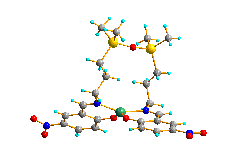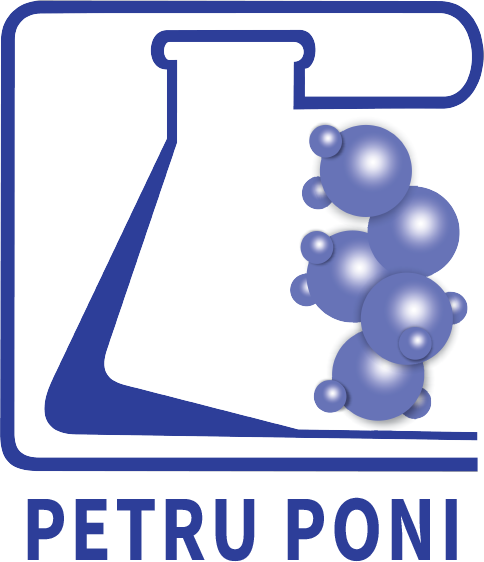Scientific report 2023
STAGE II (2023): PREPARATION AND CHARACTERIZATION OF SILICONE COMPOSITES WITH DIELECTRIC ELASTOMER PROPERTIES
Stage activities:
Act 2.1 - Preparation of composite materials
Act 2.2 - Structural characterization of composites
Act 2.3 - Investigating the morphology of composites
Act 2.4 - Characterization of the new silicone composites through voltage measurements, mechanical tests and dielectric measurements
Act 2.5 - Dissemination of results
All activities proposed to be carried out in Stage II of the DE-Comp project were fully carried out. The main objective of this reporting period was the preparation and characterization of silicone composites with elastomeric properties.
Act 2.1 - Preparation of composite materials
In order to create the proposed materials, in the second phase of the project, 4 classes of silicone composite materials were synthesized by varying the parameters of the preparation process (molecular masses and functionality of siloxane prepolymers, type and proportion of metal complex).
Act 2.2 - Structural characterization of composites
The four classes of composite materials cross-linked by the hydrosilylation reaction at room temperature between the vinyl groups and Si-H linked to the siloxane chains, in the presence of the Karsted catalyst, were characterized using the following techniques: FTIR, EDX, TGA and DSC.
Act 2.3- Investigating the morphology of composites
Using the AFM technique, the morphology of the samples from series I and IV was studied, the results obtained indicating a uniformly distributed surface, with some variations of the mean square roughness, Sq, and of the mean height, Ha.
Act 2.4 - Characterization of the new silicone composites through voltage measurements, mechanical tests and dielectric measurements
By using metal complexes containing Schiff base ligands (PD1, PD2) as fillers, the aim was to obtain composite materials with improved mechanical properties. The results obtained indicated an increase in their values with the increase in the amount of metal complex incorporated in the siloxane matrix.
The dielectric properties of the obtained elastomers were studied at room temperature and were investigated in the frequency range between 10-1 - 106 Hz. The measurements made highlighted the fact that the investigated samples present a characteristic behavior of silicones. At room temperature, for the investigated samples, dielectric permittivity values were obtained within a similar range to the reference elastomers. It could be observed that the incorporation of the metal complex does not lead to an increase in the dielectric permittivity value compared to the reference sample for each series, with the exception of the samples from series III.
Act 2.5 – Dissemination of results
The results obtained through the implementation of the DE-Comp project during the second stage of development were disseminated at international scientific events, in the form of posters (2), as well as in the form of an article sent for publication in Composite Part B-Engineering: The thermal behavior of silicone-based composite materials and the assessment of the gases that result from the thermal degradation process, Alina Soroceanu*, Alexandru M. Serban, Nita Tudorachi, Mihaela Avadanei.
The web page of the project was permanently updated during the second stage of the project, all the obtained results being visible at the address https://www.icmpp.ro/de-comp/ .
|



